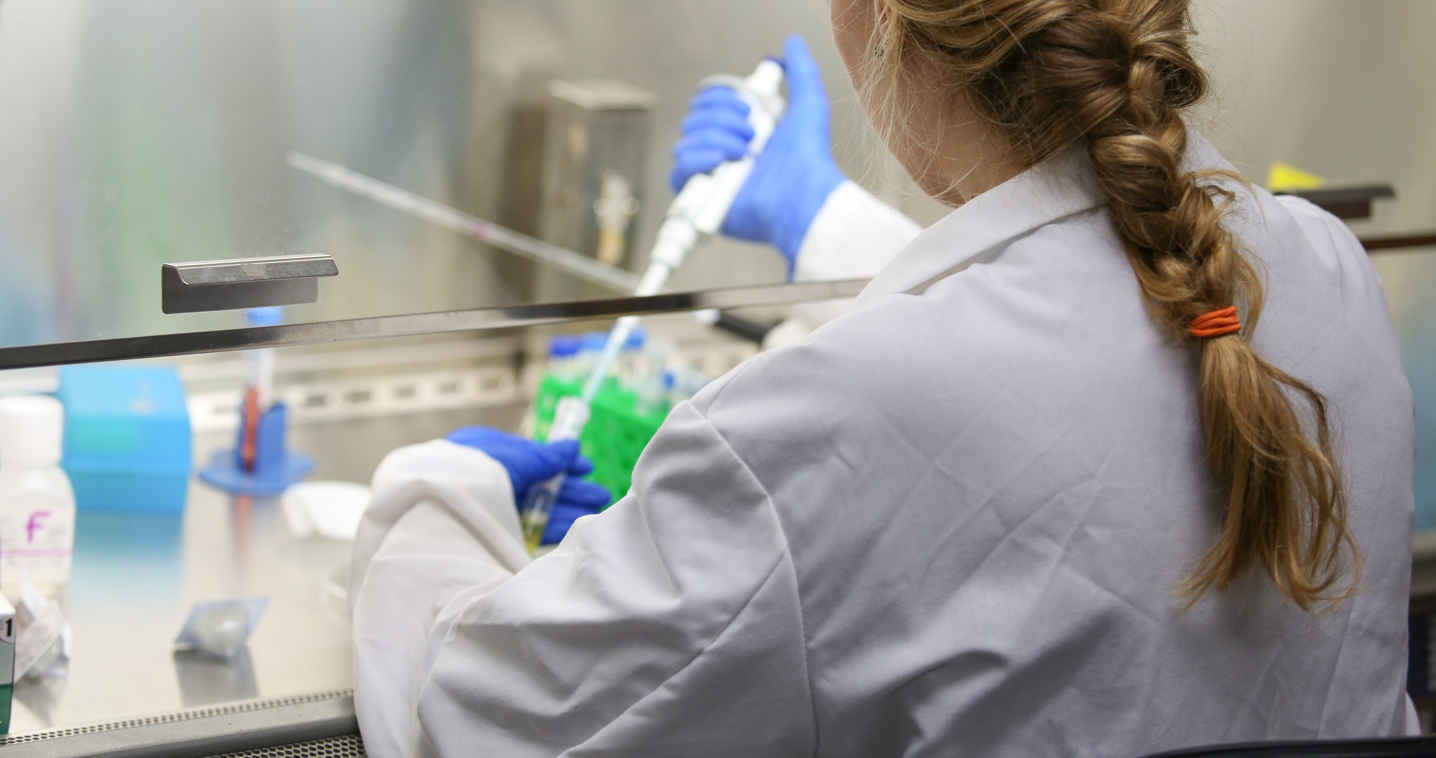VentriculoAmniotic Shunting for Fetal Aqueductal Stenosis (VASFAS)

Abstract
Fetal hydrocephalus causes injury to the developing brain due to increased intracranial pressure. By term, most babies are severely and permanently neurologically impaired and face a lifetime of disability. We speculate that relieving the increased intracranial pressure by shunting excess cerebrospinal fluid from the brain to the amniotic fluid will allow for normal brain development, thereby avoiding neurologic injury and allowing babies to develop normally.
We have designed and tested, in an in-vitro model, a ventrticulo-amniotic shunt that meets specific clinical performance characteristics for human use. The next step in the research agenda is to test efficacy and refine the design in a large animal model. We are conducting testing on a pregnant sheep model at the McGowan Institute for Regenerative Medicine (MIRM). Hydrocephalus is generated in twin fetuses of pregnant sheep at mid-gestation. One fetus undergoes ventriculo-amniotic shunting while the other remains a hydrocephalic control. After delivery, twin newborn brains are compared by high-resolution MRI and neuropathology for evidence of effect of the shunt. The shunt is deployed at variable gestational ages after the introduction of hydrocephalus to assess for a dose-response effect.
After design refinement, demonstration of feasibility and evidence of efficacy, the next step is to apply for FDA approval through the Humanitarian Use Device (HUD) pathway. We are collaborating with a company that manufactures neurologic shunts for the pediatric patient population in the form of a NIH-funded Small Business Technology Transfer (STTR) grant. This collaboration will assist in the approval and manufacture pathways.
Project Lead
Stephen Emery
OB/GYN and Reproductive Sciences
Select Collaborators
YoungJae Chun
Swanson School of Engineering
Stephanie Greene
Children’s Hospital, Neurological Surgery
